Are you struggling to find the perfect single vision eyeglasses? Millions experience vision correction needs, and choosing the right glasses can significantly impact daily life. This guide provides a comprehensive understanding of single vision eyeglasses, from lens types and frame styles to finding the perfect fit and addressing your specific vision needs. Find the perfect pair for your needs and budget by exploring the wide selection at Mozaer: https://www.mozaer.com/search?q=single vision eyeglasses.
【Understanding Single Vision Eyeglasses】
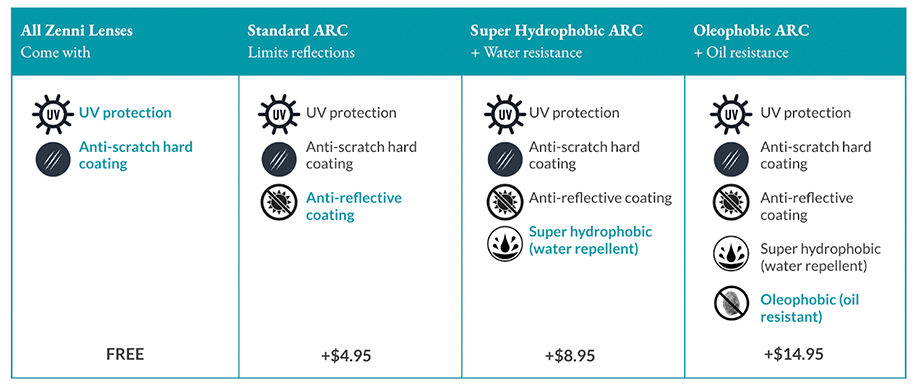
What are Single Vision Eyeglasses?
Definition: Single vision lenses correct for one distance only. This means they address either nearsightedness (myopia), farsightedness (hyperopia), or astigmatism. These lenses provide a single, consistent correction across the entire lens surface. This is different from other lens types, providing a clearer, consistent vision at a specific distance.
Differences from Progressive/Bifocal Lenses: Unlike progressive lenses or bifocal lenses, single vision eyeglasses don’t offer correction for multiple distances. Progressive lenses offer a gradual change in power from near to far vision within a single lens. Bifocals have a distinct line separating the near and far vision corrections. Single vision lenses, however, only correct for a single focal point, making them ideal for those who need correction for either near or far vision, but not both.
Types of Single Vision Lenses
Material Options: The material of your single vision lenses impacts their durability, weight, and thickness. Polycarbonate lenses are highly impact-resistant, making them an excellent choice for children or active individuals. High-index lenses are thinner and lighter than standard lenses, a significant advantage for individuals with strong prescriptions. Choosing the right material is crucial for both comfort and longevity.
Coating Options: Several coating options enhance the performance and durability of your single vision eyeglasses in 2025. Anti-reflective coatings minimize glare and improve visual clarity, especially in bright light conditions. UV protection coatings safeguard your eyes from harmful ultraviolet rays. Blue light filter coatings reduce the exposure to blue light emitted from digital screens, potentially mitigating eye strain. Popular coating examples include Crizal Prevencia, known for its superior anti-reflective properties, and Transitions lenses, which automatically adjust their tint based on light levels. To find the perfect coating for your needs, consider your lifestyle and visual requirements. For ultimate protection and clarity, exploring different options is recommended. If you are concerned about glare or digital eye strain, adding anti-reflective or blue light filter coatings to your single vision eyeglasses is a great choice. To learn more about specific coatings and find the right pair for your needs, you can explore different options online. https://www.mozaer.com/search?q=single vision eyeglasses”>Single vision eyeglasses with various coatings are available to address different vision needs.
【Choosing the Right Single Vision Eyeglasses】
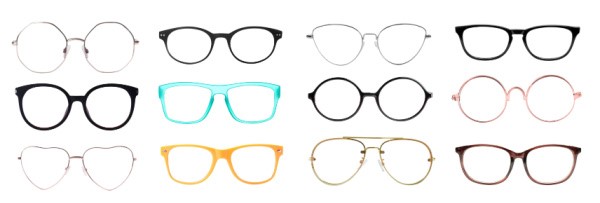
Finding the Perfect Frame
Face Shape Considerations: Choosing the right single vision eyeglasses frame depends heavily on your face shape. Oval faces can generally wear most frame styles. Round faces benefit from angular frames to create contrast and definition. Square faces look great with softer, rounded frames to soften the strong lines of the face. Heart-shaped faces, wider at the top and narrower at the chin, are flattered by frames that are wider at the bottom to balance the proportions. Consider your facial features and experiment with different styles to find the most flattering fit. Remember, the goal is to find a frame that complements your face shape, enhancing your overall appearance.
Frame Materials: The material of your single vision eyeglasses frame impacts both style and durability. Metal frames are known for their lightweight and durable nature, often offering a sleek, sophisticated look. Plastic frames offer incredible versatility in terms of color and design, allowing for more playful and expressive styles. Acetate frames combine lightweight comfort with hypoallergenic properties, making them a great choice for those with sensitive skin. When choosing the material, think about your lifestyle, durability needs, and personal aesthetic preferences. Selecting the right frame material can dramatically improve the wearing comfort and longevity of your single vision eyeglasses.
Selecting the Right Lenses
Understanding Your Prescription: Your eyeglass prescription contains crucial information for selecting the correct single vision lenses. The “sphere” value indicates the correction for nearsightedness (myopia) or farsightedness (hyperopia). A negative sphere value corrects for nearsightedness, while a positive value corrects for farsightedness. The “cylinder” value indicates the correction for astigmatism, an imperfection in the eye’s curvature. The “axis” value specifies the orientation of the astigmatism. Understanding these parameters is essential for ensuring your single vision eyeglasses provide the correct vision correction. Bring your prescription to an optician or eye care professional for accurate lens selection. Never attempt to interpret your prescription on your own; accurate lens selection is vital for clear vision.
Lens Considerations for Specific Needs: Single vision eyeglasses cater to various visual needs. For astigmatism, the cylinder and axis values in your prescription are critical to correcting this refractive error. If you frequently drive, consider lenses with anti-reflective coatings to minimize glare and enhance clarity on the road, improving your driving vision safety. If you spend significant time using digital devices, single vision eyeglasses with blue light filter coatings can help reduce eye strain and fatigue associated with prolonged screen exposure. Understanding your specific needs, whether it’s for astigmatism correction, driving, or digital device use, allows you to choose the most suitable lens options to address those individual vision requirements. For a comprehensive vision solution, consider the wide range of options available for your single vision eyeglasses. To find the perfect single vision eyeglasses to address your specific needs, explore the options available online. https://www.mozaer.com/search?q=single vision eyeglasses”>Single vision eyeglasses offer various lens options tailored to specific visual needs.
【Where to Buy Single Vision Eyeglasses】
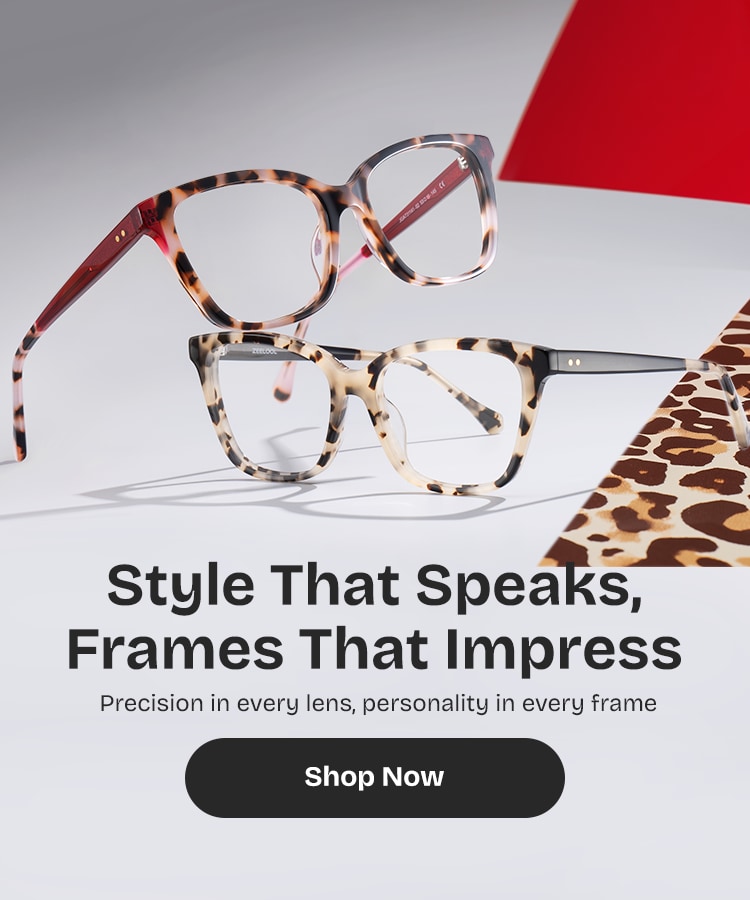
Online Retailers: Pros and Cons
Top Online Stores: GlassesUSA, EyeBuyDirect, Warby Parker, Zenni Optical – comparison of pricing, selection, and features.
Choosing single vision eyeglasses online offers convenience and often lower prices. GlassesUSA, EyeBuyDirect, Warby Parker, and Zenni Optical are popular choices, each with its own strengths. Zenni Optical generally boasts the lowest prices, making them a budget-friendly option for single vision glasses. EyeBuyDirect offers a broader selection of frames, while Warby Parker is known for its stylish and trendy designs. GlassesUSA provides a balance between price, selection, and customer service. The average price range for single vision eyeglasses in 2025 varies greatly depending on the frame and lens options, with prices ranging from under $50 to several hundred dollars at each retailer. Consider your budget and desired features when comparing these online options for purchasing single vision eyeglasses. Remember to compare the total cost, including shipping and any additional lens upgrades, when evaluating these retailers.
Home Try-On Services: Warby Parker, Liingo Eyewear – description of the process and user experience.
Many online retailers, like Warby Parker and Liingo Eyewear, offer home try-on services. This allows you to try on several single vision eyeglasses frames at home before committing to a purchase. This virtual try-on experience lets you evaluate how different styles and colors look on your face in the comfort of your own home, eliminating the need for multiple trips to the store. Warby Parker’s home try-on kit typically includes five frames, allowing ample opportunity to assess different single vision eyeglasses styles. Liingo Eyewear offers a similar experience, enabling customers to test different styles for their single vision eyeglasses. While convenient, be mindful that the home try-on process requires shipping time, potentially delaying the overall purchase process. The convenience of trying on single vision eyeglasses from the comfort of your home is a significant advantage for many customers. For a convenient way to try various frames before buying, utilize home try-on services.
Brick-and-Mortar Stores: Pros and Cons
Local Opticians: Benefits of in-person consultations and fittings.
Purchasing single vision eyeglasses from a local optician offers several advantages. In-person consultations allow for personalized advice and accurate fitting, ensuring your eyeglasses provide optimal comfort and vision correction. A local optician can address any concerns about the fit and functionality of your single vision eyeglasses in person. For example, BJ’s Optical often provides comprehensive eye exams and personalized consultations, offering a complete vision care experience. The expertise of a qualified optician ensures the correct prescription is implemented for your single vision eyeglasses and offers a personalized service not always available online. The personalized approach provided by local opticians can be invaluable, particularly for those with complex prescriptions or specific visual needs. Consider the benefits of personalized service and precise fitting offered by your local optician when choosing where to purchase your single vision eyeglasses.
Large Retailers: Costco, Target Optical – comparison of selection and price points.
Large retailers like Costco and Target Optical offer another avenue for purchasing single vision eyeglasses. These stores often provide a wider selection of frames at competitive price points. While the range of frames may be extensive, the level of personalized service might be less comprehensive compared to smaller, independent opticians. Costco, known for its bulk purchasing options, may offer single vision eyeglasses at discounted rates, though their selection may be less varied than at other retailers. Target Optical provides a convenient option for those already shopping at Target, offering a more accessible option for single vision eyeglasses. Consider the balance between price, selection, and personalized service when choosing between large retailers and smaller, independent opticians. For a balance between price and convenience, large retailers might be a suitable option for purchasing your single vision eyeglasses.
To find the perfect single vision eyeglasses to suit your needs and budget, explore the options available at online and brick-and-mortar stores. https://www.mozaer.com/search?q=single vision eyeglasses”>Single vision eyeglasses are available from a wide variety of retailers, allowing you to find the perfect fit for your style and vision needs.
【Cost and Insurance】
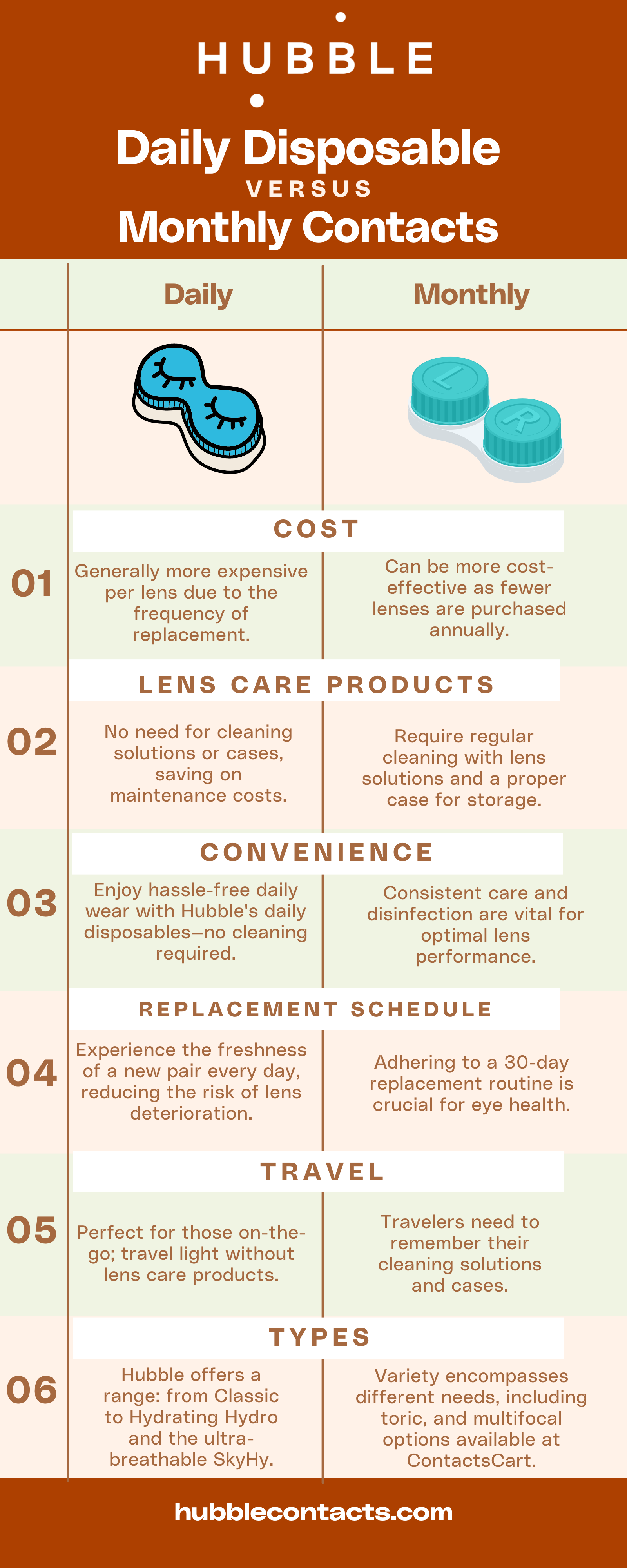
How Much Do Single Vision Eyeglasses Cost?
Price Range: Factors influencing cost (frame material, lens type, coatings, brand). Data point: Price range based on different combinations of factors.
The cost of single vision eyeglasses varies significantly depending on several key factors. Frame material plays a substantial role; plastic frames are generally more affordable than metal or high-end acetate frames. Lens type also impacts the price; standard single vision lenses are less expensive than progressive lenses or those with specialized coatings. Anti-reflective coatings, scratch-resistant coatings, and UV protection all add to the overall cost of your single vision eyeglasses. Finally, the brand of the eyeglasses can greatly influence the price. Designer brands often command significantly higher prices than more budget-friendly options. In 2025, you can expect to find basic single vision eyeglasses for under $50 online, while high-end frames with premium lenses and coatings can cost several hundred dollars. A mid-range pair of single vision glasses with a decent frame and standard lenses might fall between $75 and $150. Remember that these are estimates, and the actual price will depend on the specific features you choose for your single vision spectacles. The selection of single vision eyeglasses and their associated prices vary widely.
Cost Comparison: Online vs. in-store purchasing.
Online retailers frequently offer lower prices for single vision eyeglasses than brick-and-mortar stores. This is often due to lower overhead costs for online businesses. However, in-person stores may offer more personalized service, including fittings and consultations, which can justify a higher price. When comparing prices, ensure you factor in shipping costs for online purchases, as these can sometimes negate the initial price advantage. In-store purchases may offer the convenience of immediate possession, while online purchases often have shipping delays. Consider the total cost, including any potential additional fees like lens upgrades or expedited shipping when making your comparison between buying single vision glasses online versus in-store. The convenience and price differences between these two methods of purchasing single vision eyeglasses should be carefully considered.
Insurance Coverage
Accepted Insurance Providers: List of insurance providers commonly accepted by online and in-store retailers.
Many vision insurance providers cover a portion of the cost of single vision eyeglasses. However, the specific coverage and accepted providers vary widely depending on your insurance plan. Some online retailers, like GlassesUSA and Zenni Optical, directly accept specific insurance plans, simplifying the reimbursement process. Others, such as Warby Parker and EyeBuyDirect, may offer integration with certain insurance providers, but reimbursement may require submitting claims. Local opticians frequently accept a wider range of insurance plans, but you should always verify coverage before purchasing your single vision eyewear. It’s crucial to check with your insurance provider and the retailer before making your purchase to confirm accepted insurance plans for your single vision glasses. Confirming your insurance coverage beforehand will help you budget for the purchase of your single vision eyeglasses.
Reimbursement Options: Process for submitting claims for reimbursement if your provider isn’t directly accepted.
If your vision insurance provider isn’t directly accepted by your chosen retailer, you’ll likely need to submit a claim for reimbursement. This typically involves gathering receipts and other documentation, including your prescription and the retailer’s invoice for your single vision eyeglasses. The reimbursement process varies depending on your insurer; some process claims quickly, while others may take several weeks. Make sure to keep all your receipts and documentation related to the purchase of your single vision spectacles. The specifics of the reimbursement process are best obtained from your vision insurance provider. For detailed instructions on claiming reimbursement for your single vision glasses, contact your insurance provider.
To find the best deal on single vision eyeglasses that fits your budget and insurance plan, careful comparison shopping is essential. https://www.mozaer.com/search?q=single vision eyeglasses”>Single vision eyeglasses options abound, so take advantage of the resources available to find the perfect pair.
【The Buying Process & FAQs】
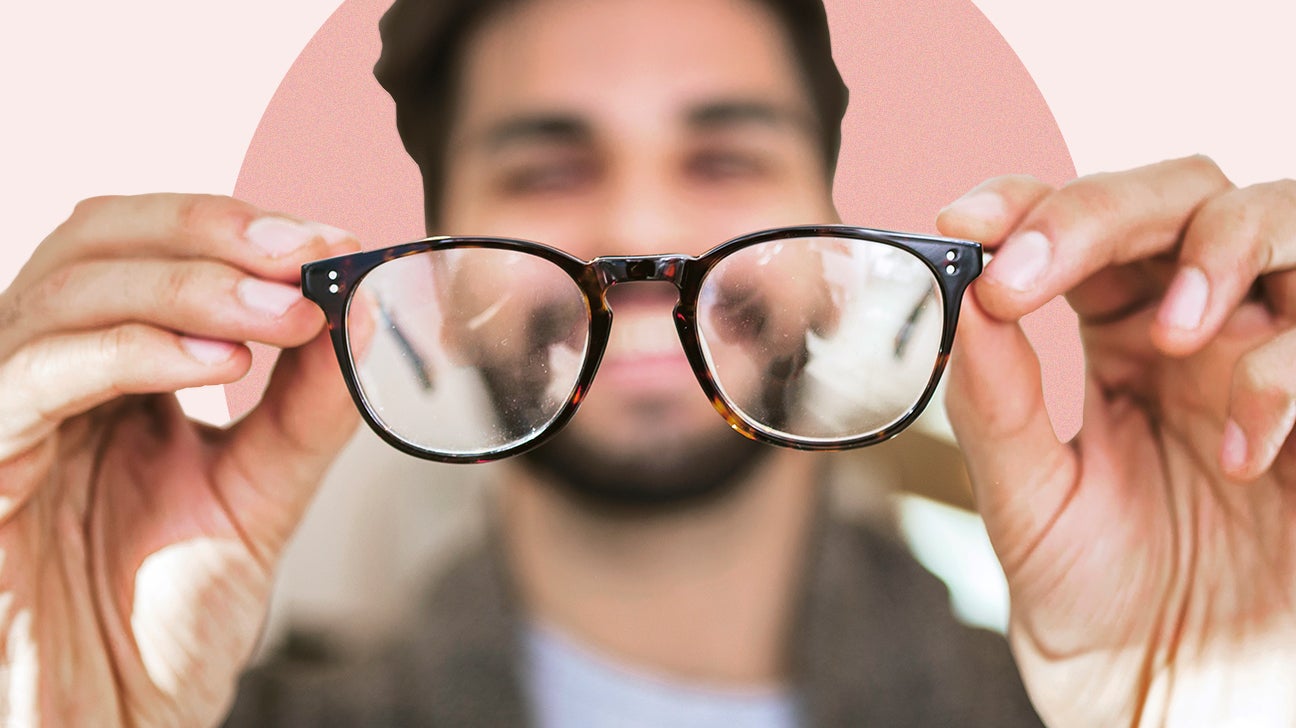
Ordering Single Vision Eyeglasses Online: A Step-by-Step Guide
Necessary Information for Ordering Single Vision Eyeglasses: Pupillary Distance (PD), Prescription Details, and Frame Measurements
Ordering single vision eyeglasses online requires accurate information. First, you need your pupillary distance (PD), which is the distance between the centers of your pupils. Your eye doctor’s prescription will provide this crucial measurement. Second, you’ll need the full details of your prescription, including sphere (SPH), cylinder (CYL), axis (AX), and add (ADD) if applicable. These numbers dictate the corrective power of your lenses. Third, while not always necessary, knowing your preferred frame measurements – like temple length and bridge size – can help ensure a comfortable fit. Accurate measurements are vital for properly fitted single vision glasses. Incorrect information can lead to blurry vision or discomfort. Ensure your prescription is up-to-date before ordering your single vision eyewear.
Shipping and Return Policies for Single Vision Eyeglasses: A Comparison of Shipping Times, Return Windows, and Restocking Fees Across Different Retailers
Shipping times and return policies vary widely among online retailers selling single vision eyeglasses. Some companies offer expedited shipping for an extra fee, while others use standard shipping, leading to longer delivery times. Typically, you can expect delivery within 7-14 business days for standard shipping. Return windows usually range from 30 to 90 days, but always check the specific policy of the retailer before making a purchase. Restocking fees can also vary; some retailers charge a percentage of the purchase price, while others may waive the fee under certain circumstances. Always read the fine print regarding returns and refunds for single vision glasses before buying them online. Comparing shipping times, return windows, and restocking fees is crucial for a smooth online shopping experience for single vision eyeglasses.
Frequently Asked Questions about Single Vision Eyeglasses
Common Questions and Answers about Single Vision Eyeglasses: Delivery Time, Warranty Information, Suitability for Driving, Differences from Reading Glasses, and Locating a Local Optician
Many questions surround single vision eyeglasses. A common question is: “How long does it take to receive my glasses?” This depends on the retailer and shipping method, but typically ranges from a week to two weeks. Another frequently asked question is about the warranty. Warranties vary by retailer and often cover manufacturing defects, but rarely cover damage from misuse. “Are single vision glasses good for driving?” Yes, if your prescription accurately corrects your vision, single vision glasses are suitable for driving. “What’s the difference between single vision and readers?” Single vision lenses correct for one distance, whereas readers are specifically designed for near vision. Finally, many wonder “How do I find a local optician?” You can search online directories or ask your primary care physician for a referral. Understanding these common questions helps you confidently buy single vision eyeglasses.
Addressing Concerns about Online Single Vision Eyeglass Purchases: Ensuring Prescription Accuracy and Proper Fit
Concerns about online purchases of single vision eyeglasses often revolve around prescription accuracy and proper fit. To address prescription accuracy, always double-check your prescription information before submitting your order. Many online retailers offer virtual try-on tools to help you select frames that complement your face shape. While these tools can’t guarantee perfect fit, they improve your chances of selecting comfortable frames. If you are unsure about your prescription or need assistance, contact the online retailer’s customer service. They can help you verify your prescription and guide you through the process of choosing single vision eyeglasses. Purchasing single vision eyeglasses online requires attention to detail and careful verification to ensure accurate prescription and appropriate fit. For a wider selection and to ensure a perfect fit, consider browsing a wide selection of https://www.mozaer.com/search?q=single vision eyeglasses”>single vision eyeglasses to find the perfect pair for your needs.
Finding Your Perfect Vision Solution
This comprehensive guide has explored the world of single vision eyeglasses, equipping you with the knowledge to make informed decisions about your vision correction needs. Remember that choosing the right eyeglasses involves considering several key factors: lens materials (polycarbonate for impact resistance, high-index for thinness), lens coatings (anti-reflective, UV protection, blue light filter), frame styles that complement your face shape, and your individual prescription needs (sphere, cylinder, axis).
We’ve highlighted the advantages and disadvantages of both online and in-person purchasing options. Online retailers often offer competitive prices and convenience through home try-on services, but in-person consultations at local opticians or larger retailers provide personalized fittings and expert advice. In-person options also often offer comprehensive eye exams and personalized consultation. When purchasing online, make sure to confirm the retailer accepts your vision insurance and understand shipping times and return policies.
Regardless of where you choose to purchase your single vision eyeglasses, careful consideration of your prescription, lens preferences, frame style, and budget is paramount. Remember, your eyeglasses are a significant investment in your eye health and overall well-being. Don’t settle for anything less than the perfect fit and clear vision. Whether you opt for the convenience of online shopping or the personalized service of a brick-and-mortar store, the right pair of single vision eyeglasses can transform your vision and lifestyle.
Cost is also a key consideration, and this guide offers insights into pricing factors such as frame material, lens type, coatings, and brand. While online retailers often offer lower prices, remember to factor in shipping and potential return costs. Understanding your vision insurance coverage is crucial to managing your expenses effectively. The benefits of choosing a qualified optician are numerous, particularly for those with specific vision needs.
Ultimately, the selection process for single vision eyeglasses is personalized. There’s no one-size-fits-all solution. Use this information to explore all the available options and find the perfect pair to meet your individual needs and style preferences. Remember to prioritize clear vision and comfort! To start your search for the perfect single vision eyeglasses, visit Mozaer: https://www.mozaer.com/search?q=single vision eyeglasses

Leave a Reply